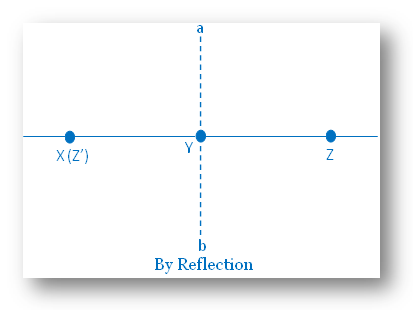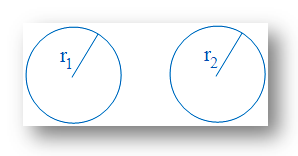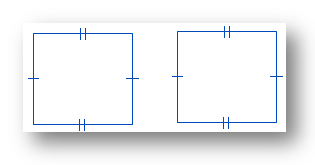Subscribe to our ▶️ YouTube channel 🔴 for the latest videos, updates, and tips.
Congruent Shapes
In congruent shapes or congruent figures we will learn how to recognize that when two shapes or figures are congruent.
The two figures which are same shape and same size are called congruent figures and the relation of two figures being congruent is called congruence.
The symbol to denote congruence is ≅.
Two line segments are congruent if both have the same length.
Congruent line segments
Two circles are congruent if both of them have the same radii.
Congruent circles
Two triangles are congruent if both of them have the same length of sides.
Congruent triangles
Two rectangles are congruent if both of them have the opposite sides are equal.
Congruent rectangle
Two squares are congruent if both of them have the same edges.
Congruent squares
Thus, the method of comparing two figures is known as the method of superposition.
Congruent or Similar
|
Congruent shapes: Two geometrical shapes which are identical in shape and size are said to be congruent. We use the symbol ‘≅’ to denote congruence. For example: (i) Two circle of same radii. (ii) Two line segments of same length. |
Similar shapes:
Geometrical shape which have same shape but different size are called similar shape or figure. We use the symbol ‘~’ to denote similarly. For example: (i) Two circle of different radii. (ii) Two line segments of different measure. |
Note: Two congruent figures are always similar but two similar figures may not be congruent.
Conditions for the Congruence of Triangles
Right Angle Hypotenuse Side congruence
Converse of Pythagorean Theorem
7th Grade Math Problems
8th Grade Math Practice
From Congruent Shapes to HOME PAGE
Didn't find what you were looking for? Or want to know more information about Math Only Math. Use this Google Search to find what you need.







New! Comments
Have your say about what you just read! Leave me a comment in the box below. Ask a Question or Answer a Question.